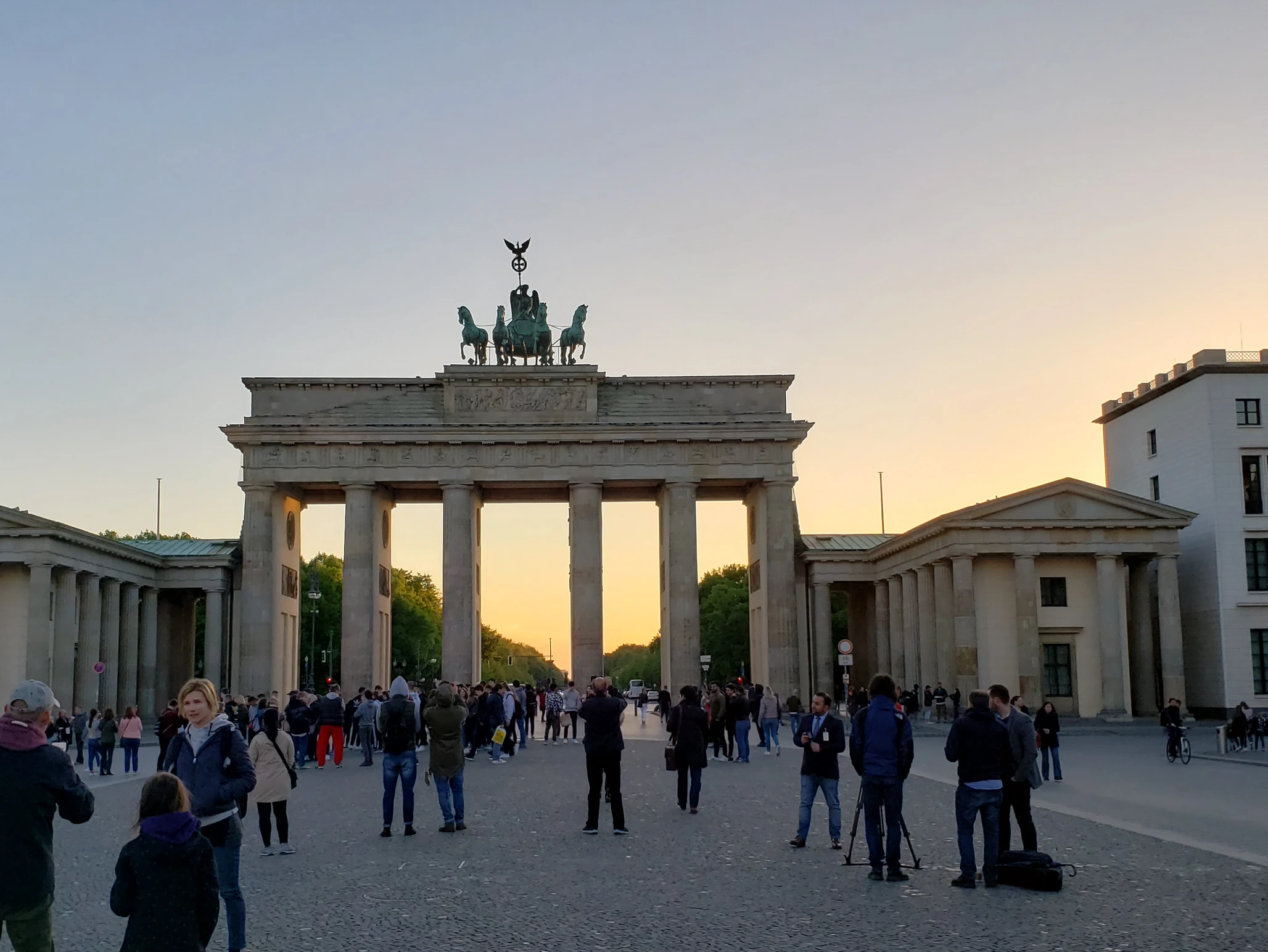

A Sense of Place
A book idea has been brewing in my mind for several years. This spring I finally decided to visit Berlin, the place where the story begins, decades in...
Keep ReadingA book idea has been brewing in my mind for several years. This spring I finally decided to visit Berlin, the place where the story begins, decades in the past.
Somewhat knowledgeable in European history, I arrived with the basic understanding of WWII, and deep reverence for the victims of unspeakable evil. Yet, the visit profoundly changed me. First, I noticed the scars permanently etched into the buildings that survived the war. But what impacted me the most were the wounds that remained in the spirit of the city, the people, and the nations.
Following our tour guide to The Memorial to the Murdered Jews of Europe, I felt an overwhelming rush of tears. Designed by architect Peter Eisenman and engineer Buro Happlod, it consists of 2,711 concrete slabs. No explanation to its meaning—the monument must be experienced. Never had I felt a sculpture talk to me. Letting go of the logical analysis of my surroundings and purposely tapping into the parts responsible for feelings and creativity, I let my senses absorb the changes of light, the sinking ground, the towering blocks, the fading sounds, the spirit of the creators, and the reverence of this hallowed ground.
My second new kind of experience overwhelmed me at the Jewish Museum Berlin. The entire building, designed by Daniel Libeskind is a sculpture, communicating the past, the present and the future, in such a powerful way that words do fail me.
The use of empty space amplified the void left by the murdered millions, conveyed the message directly to my soul. As I walked through the halls, I was drawn to a harsh metallic sound reminding me of shackles. When I finally arrived at its source, I found a floor covered by layers of oval disks, a simple rendering of human face on every single one of them. The visitors were encouraged to walk over the sculpture. As the hall filled with the haunting sound, my courage failed me. I couldn’t step on it.
I recalled a friend telling me about her visit to Israel, and the tour of holy places. She felt The Presence, and it touched her soul. Keeping a safe distance from esoteric beliefs, and a New-Age world view, I wonder if physical places and perhaps even art can absorb a fraction of our spirit. Think of a painting, a sculpture, a book, a piece of music, even a special place where you love to spend time.
Do we, as human beings, have the power to influence our surroundings, and perhaps even offer something of ourselves, into the space and time? I’m not a theologian, but I do sense the difference when I enter a peaceful home, a museum filled with great art, or a holy place. How to describe the sense of holiness that fills the sanctuary during Sunday morning? We call it the presence of God and accept the reality of His Spirit among us. Perhaps it is the same with places that are to remind us of great suffering. Is it possible that God breathes in a shadow of His own sorrow, to help us remember, and to stir our spirit into awareness?
We are created in His image. Our Father gave us creative power. The question is do we take that seriously enough to ensure that the space we occupy reflects His mercy. Are the words we speak to one another filled with His grace, and the things we create—be it art, a garden, or atmosphere around us— for His glory?